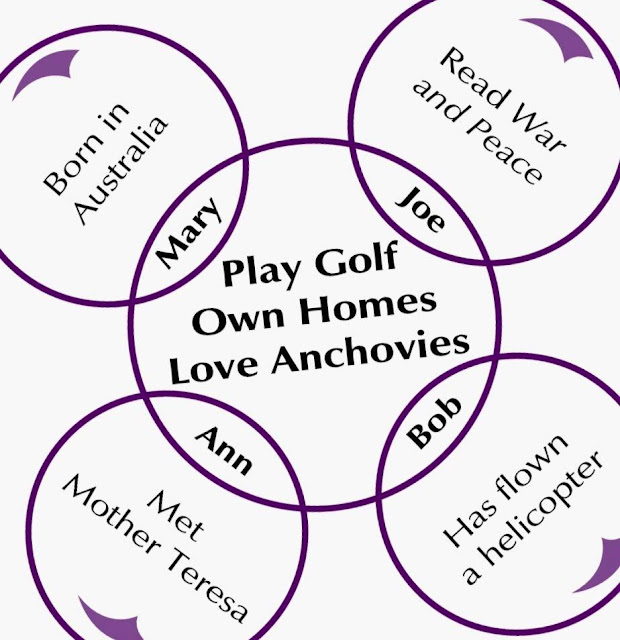Team exercise for free: Find unity and common ground

Find common ground in 15 minutes: If you want your team to be a community, ie. be connected by something you have in common, something you agree on, something you have the same point of view on or something that interests you, then start this exercise. Being connected by something you have in common means that it has to be a little unusual. It is not enough to have two eyes. But if several people have one green eye and one brown eye, then you have something in common. The common thing must therefore be somewhat rare. Somewhere in Copenhagen there is an apartment complex where only former employees of The Royal House. They have in common that they have all served various Danish royals throughout their lives. Elsewhere in Copenhagen, there is an apartment complex where only former actors live. They have in common that they have all appeared in theaters and in films throughout their long lives. Community can also be togetherness. This is usually the case in a workplace. When the communit














